View from the deck: rising sea levels up close
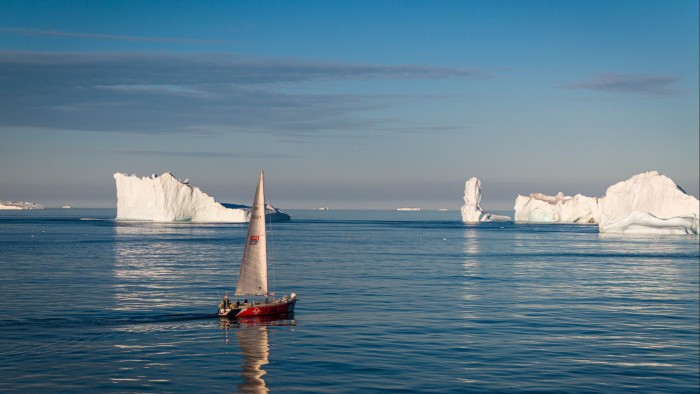
Simply sign up to the Climate change myFT Digest -- delivered directly to your inbox.
The writer is a professional yachtswoman and skipper
It is always uplifting to see land after a long period at sea. Normally, there are a few hours between the first call of “land ho” and finally making fast, but this was far from the case in our approach to Kiritimati, in the middle of the Pacific Ocean.
It could easily be missed altogether without careful navigation, given the low-lying nature of these atolls. We carefully planned our arrival to coincide with first light and maximise daylight hours to enable us to see the reefs and scant landmarks.
After more than a week at sea, the first sign of any human presence we saw was the diesel tanker that services the island. I was skipper of our 72ft yacht, on a trip run by expedition company Pangaea Exploration, and we had just sailed 1,250 nautical miles from Tahiti. It was the strangest feeling to find this tiny land mass, surrounded by the deepest water, and simply drop anchor.
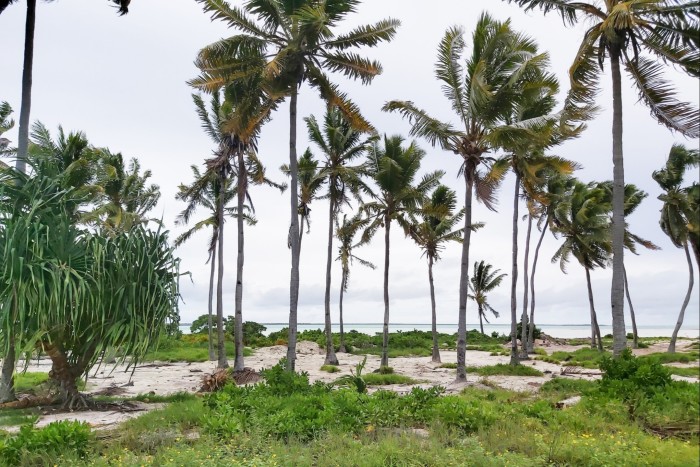
We were the third yacht to clear in after three years of closed borders because of the pandemic. We anchored off the west of the island and landed our Rib (rigid inflatable boat) on the dock.
The Republic of Kiribati covers more than 3.4mn sq km of the Pacific Ocean and is home to 119,000 residents over 32 atolls and one remote raised coral island. Among them lies Kiritimati (Christmas Island), which has the greatest land area of any atoll on Earth.
A local family became our most welcoming hosts. During our stay, we had an island tour on the back of a flatbed truck, dodging land crabs and seeing the local flora and fauna. We visited the towns of London and Banana, and were treated to a wonderful meal with entertainment by our hosts. These were proud people with a rich heritage and strong identity who deserved our respect.
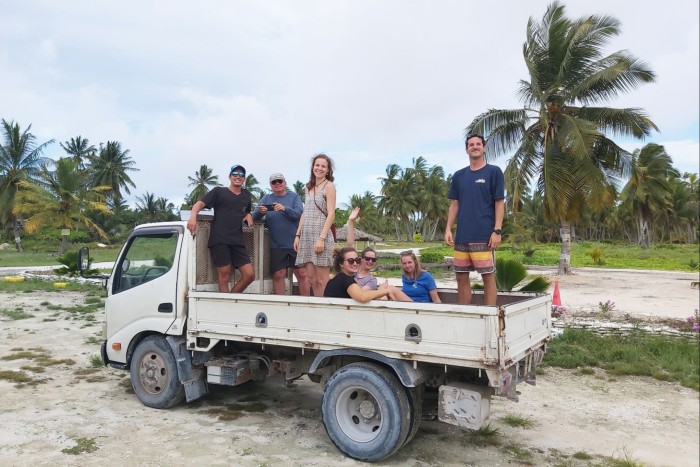
At night, we returned to the yacht, where we sat out on deck, and the sea came alive around us, with large fish chasing smaller ones around the hull. We were at least six days from any kind of repatriation or rescue, but we were in the company of the kindest people you could hope to meet.
In the 1950s and 1960s, however, Britain and the US tested atomic and hydrogen bombs on or near Kiritimati. During the tests, local families were evacuated from their island. Now, living at an average of two metres above sea level, the people of Kiribati will also find themselves among the first victims of climate change as sea levels rise. When you have met the people and seen the reality, it is harder to turn a blind eye to the responsibilities of developed nations.
Fast-forward eight weeks and the second part of the story begins.
I had sailed inside the Arctic Circle before — but always in the Gulf Stream, which affects local temperatures at all latitudes. It had always been my ambition to go to the ice, and this year I had the opportunity to skipper one of Skirr Adventures’ 68ft ex-Clipper race yachts from the south of England to Scotland, then Iceland, and on to Greenland.
We received a detailed briefing from Sir Robin Knox-Johnston, founder of the sailing expedition company and the Clipper Round The World yacht race, before departure. This covered how to interpret ice forecasts, manage sheet ice, and manoeuvre the vessel in different conditions.
As we traversed the Denmark Strait between Iceland and Greenland, we logged the sea temperature and it was fascinating to watch it fall from 15C to as low as 4.8C as we moved into the Arctic current. Whales and dolphins were present in every moment.
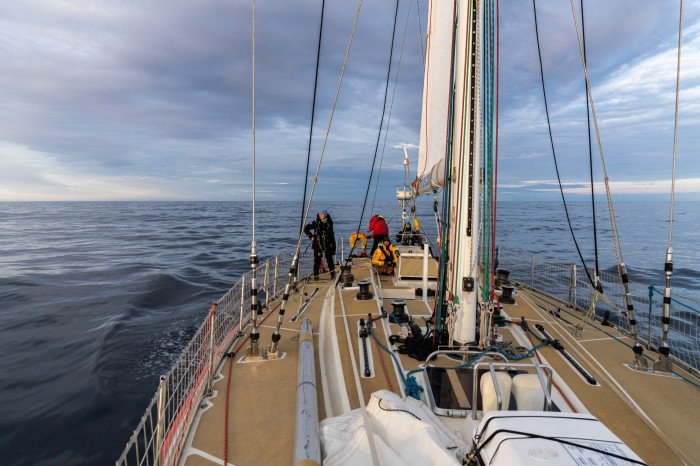
Around 70 nautical miles off the Greenland coast, we spotted the first iceberg. This is life on the very edge, and I felt privileged to experience it. Icebergs are fluid and dynamic, no two are the same. We were running a full radar watch and had all crew clipped on to the boat. Knowing how cold the sea was made us particularly attuned to the risk of a person falling overboard.
As we closed on the coast, we were ready to encounter the low-lying sheet ice Knox-Johnston had described, and push pieces away from the bow as we crept our way in. But there wasn’t any. Aside from icebergs and growlers (fragments that have broken away), there was no sheet ice on the approaches to Tasiilaq or, later on, to Scoresby Sound.
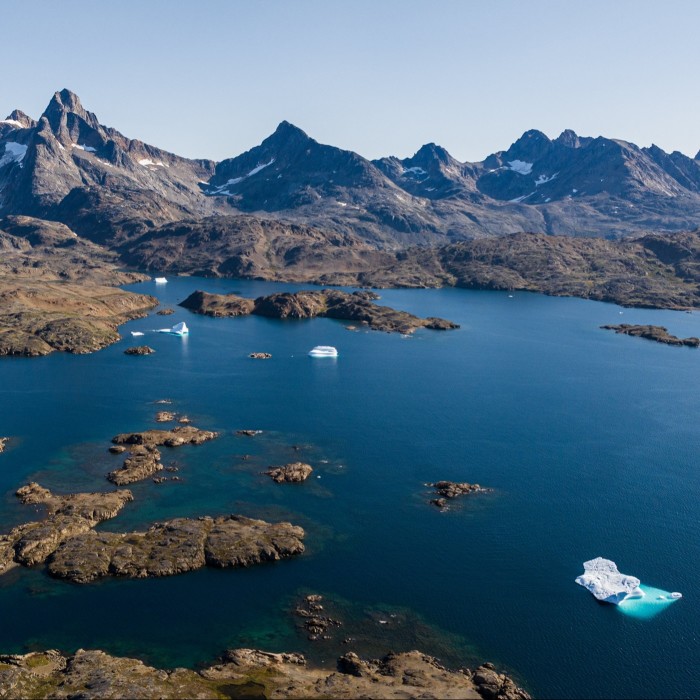
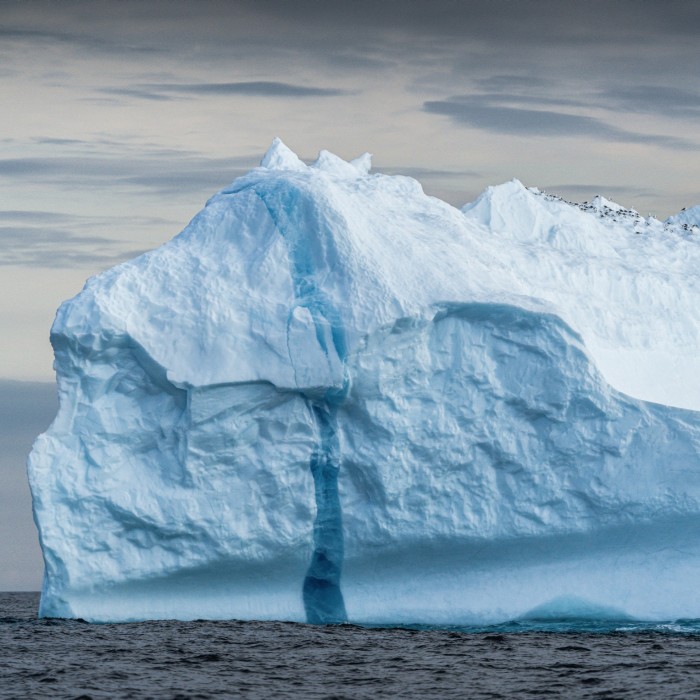
In our time ashore, as we engaged the support of local Inuit guides, it was not hard to see how the melting sea ice has changed their lives and increased their dependence on tourism. There was a small cruise ship in Scoresby Sound during our stay and the local people were keen to maximise the fleeting economic opportunity. On a hike led by the tourist office — which included rifle protection in case of an encounter with a polar bear — there was little snow, and the howl of huskies was one of the subtle reminders of what “normal” life here looked like.
For those of us in expedition sailing, it is a moral dilemma: measuring the value of seeing the impact of climate change first hand, versus being part of the problem. This small, niche industry is not without reproach but, compared with larger, more invasive cruise ships, it is without doubt the better option.
In my 17 years of sailing, I have been able to see these largely inaccessible places and meet the people who live there. As the ice melts in Greenland, the Inuit have had to adapt. But, for the Kiritimati islanders facing rising sea levels, it may soon be too late.
This article is part of an FT special report on Managing Climate Change
Climate Capital

Where climate change meets business, markets and politics. Explore the FT’s coverage here.
Are you curious about the FT’s environmental sustainability commitments? Find out more about our science-based targets here
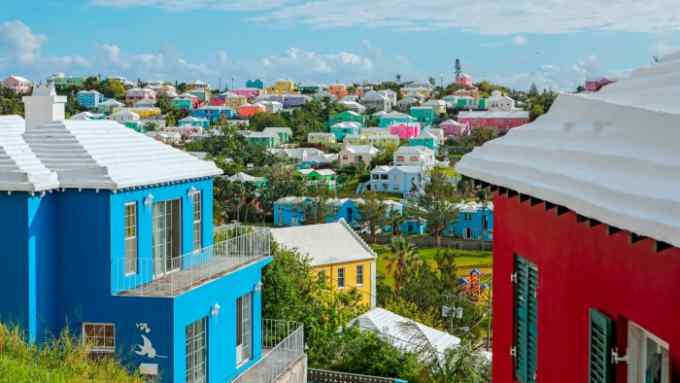
Comments